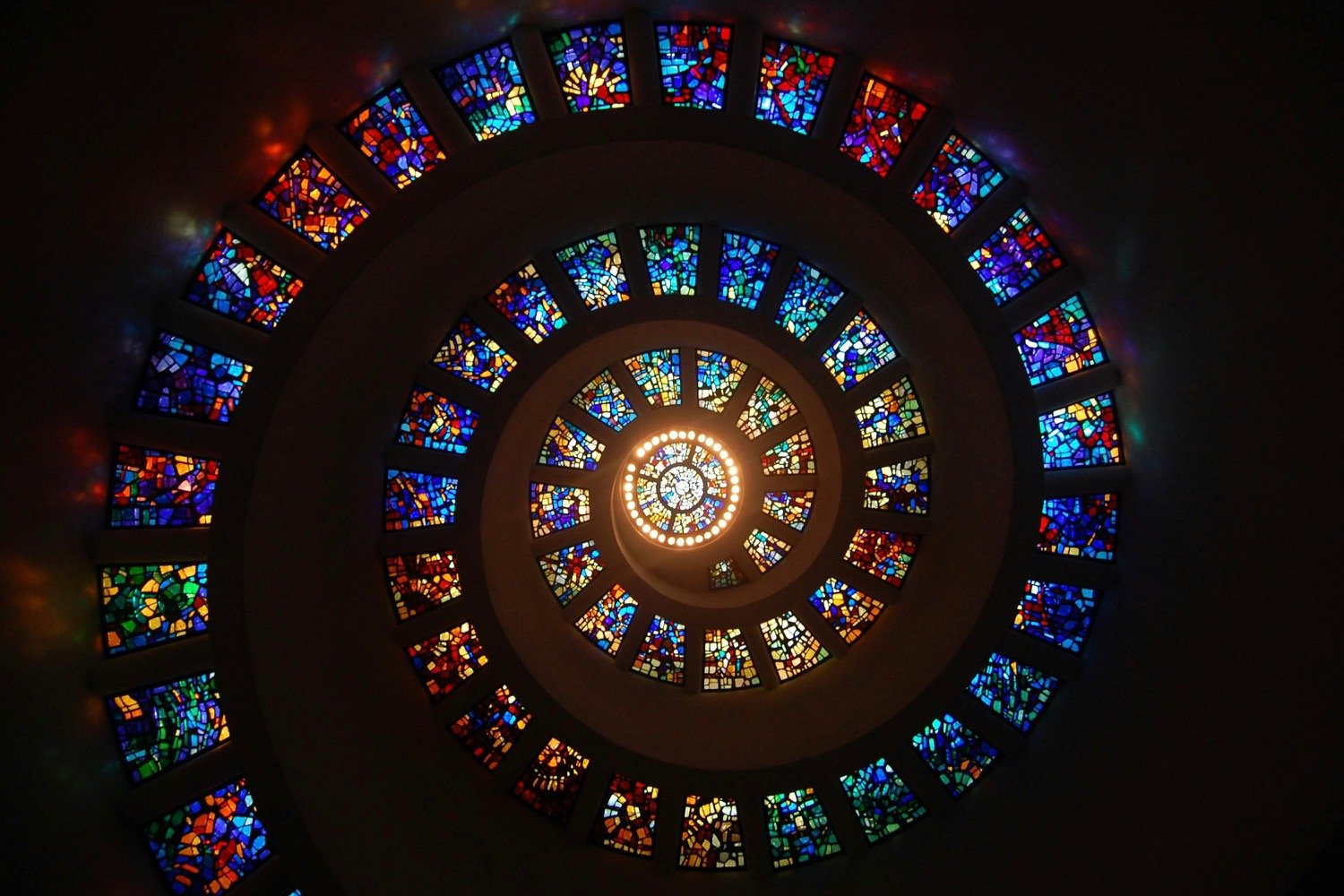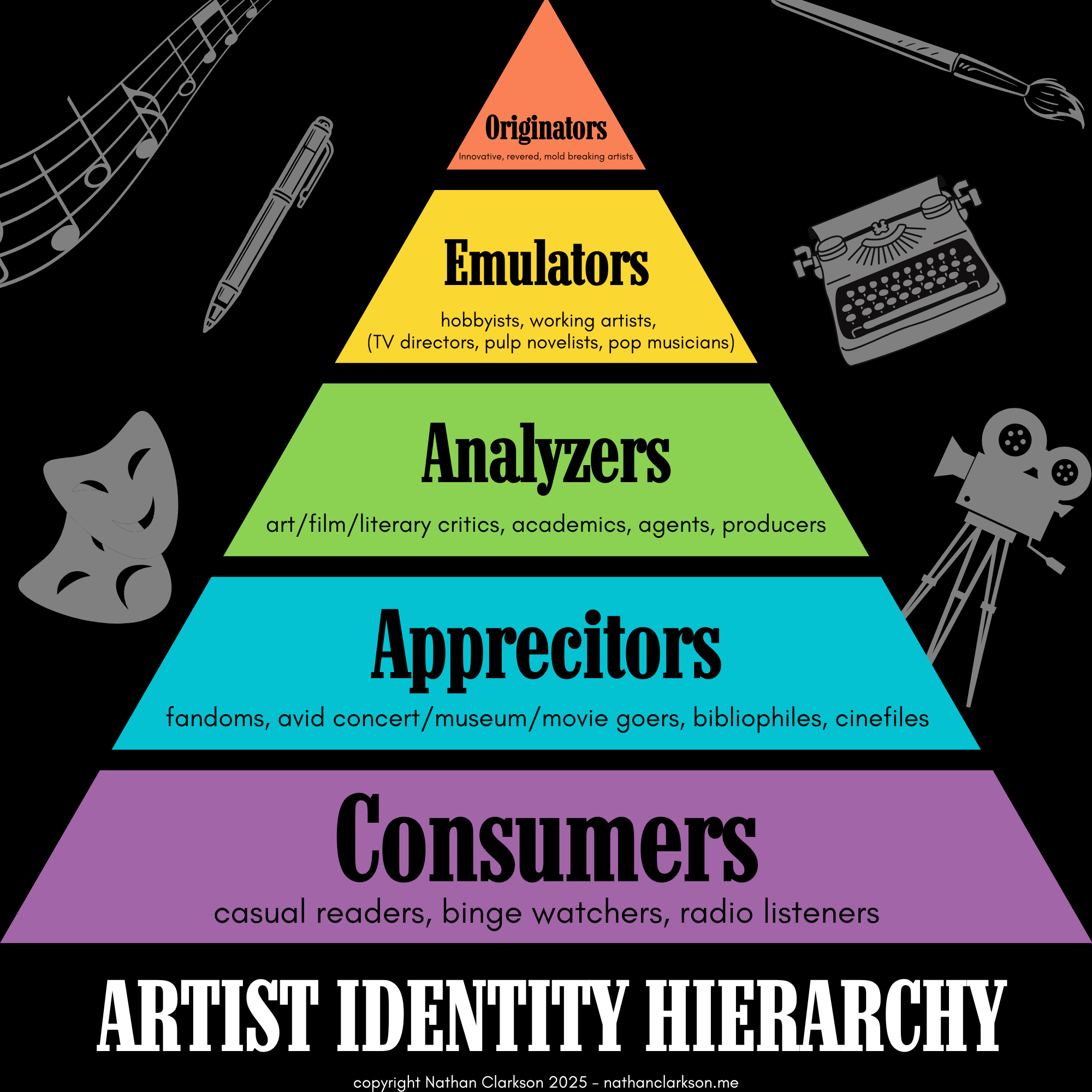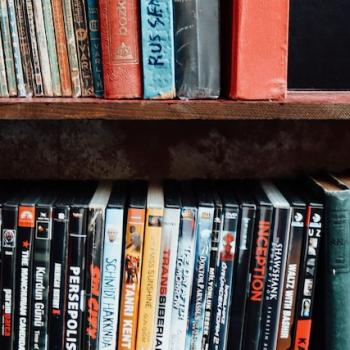
Art and creativity is an intrinsically human inclination that is one of the primary evidences of humans being created in the image of God. Humans have an innate desire (unlike animals) to create out of their creative imagination, ex nihilo (meaning out of nothing), things of beauty, goodness, joy, and entertainment to then sit back and enjoy. Both of these traits are in the likeness to the God described in Genesis. From the very first passage of scripture we see God creating, then sitting back and enjoying creation “and God saw that it was good.”
So both making and enjoying art display God’s image in all of us. But when we get to the more practical definitions of “artist” and “enjoyer” there are clear differentiations between those of us who ingest, enjoy, appreciate, emulate, and innovate in our engagement with art. Below is a scale that all humans fall somewhere on when evaluating their interaction and artistic ability.
The Artist Identity Hierarchy
Consumers
This is all of us at some level. Consumers take in high amounts of art uncritically for enjoyment, distraction, escapism, and have no issue with more shallow entertainment. They see art the same way many see snack food — something to be consumed for enjoyment and pleasure alone.
EXAMPLES: mass culture markets, binge watchers, pop music listeners, casual readers
Appreciators
Like consumers, they take in a vast amount of art. But unlike consumers, they have a deeper understanding, love, and appreciation, and interest for the art they ingest. What we would consider aficionados, these are the people who regularly go to museums, attend concerts, plays, watch films with rapture, and have a great appreciation for the creative arts that they consider a meaningful part of their everyday lives.
EXAMPLES: fandoms, avid concert/museum/movie goers, bibliophiles, cinefiles
Analyzers
This group is where most critics, academics, agents, and producers will fall. They have a heightened sense of what is truly good art because of the skills of analysis they’ve honed to dissect, understand, and break down creative expressions. They are a valuable part of the artistic community as they are the ones who can see both the potential and the problems within it and bring accountability to artists to create better work. In addition to serving as the quality gatekeepers ensuring better art is made, they are also the researchers who search, find, and expose deserving art and artists to the world.
EXAMPLES: professional critics, academics, talent/literary/music agents, producers
Emulators
Emulators can often be skilled artisans in the creative field. They have dedicated time and energy to understanding the artistic forms and methods that have been passed on via education and have learned how to implement them skillfully into their own creation. They are not reinventing the wheel but are very adept at producing “wheels.” Emulators are commonly known as working artists. They have put effort into learning the form and stay well within its boundaries; a good emulator can do their job very well. This is the majority of working artists today. (There are potential “Originators” who exist in this category out of financial necessity.)
EXAMPLES: hobbyists, working artists (TV directors/writers, pulp novelists, pop musicians)
Originators
This very small group of people is what most of us consider to be “true” artists. They have mastered each of the previous definitions and have ascended past to innovate beyond what’s been done before. They don’t just appreciate or emulate, they originate. They make something entirely new. They break rules to break beyond the bounds of genre, form, style, medium. They create something entirely unique, ex nihilo. Creativity isn’t an aspect of who they are, it’s central to their being, through which they view and interact with the world. Many of those whom we consider to be the greatest artists of all time fall within this category.
EXAMPLES: Stanley Kubrick, J.R.R. Tolkien, Pablo Picasso, Ludwig Van Beethoven













